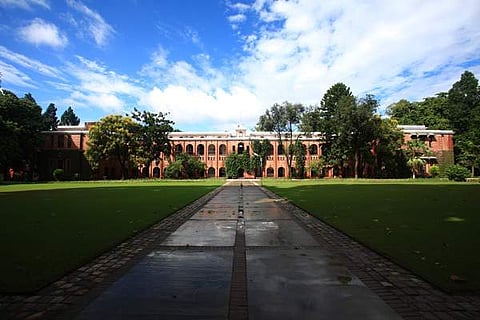

Heritage buildings in India are a valuable part of the country's cultural and architectural landscape. However, many of these buildings are falling into disrepair due to neglect and lack of funding. In recent years, there has been a growing movement to repurpose heritage buildings as schools, giving them a new lease on life and providing students with a unique and inspiring learning environment.
There are a number of advantages to converting heritage buildings into schools. First, it helps to preserve these important structures and ensure that they are not lost to future generations. Second, it provides an opportunity to reuse existing buildings, which is more sustainable and environmentally friendly than constructing new ones. Third, it can create a unique and stimulating learning environment for students.
A number of heritage buildings in India have been successfully converted into schools in recent years. One example is the Doon School in Dehradun, which was originally built as a private residence in the early 1900s. The school has carefully restored the building's original features, such as its stained-glass windows and wooden beams, while also adding modern amenities such as classrooms, libraries, and laboratories.
Another example is the Woodstock School in Mussoorie, which was founded in 1854. The school is located on a beautiful campus with a number of heritage buildings, including the Quad building, which was built in the early 1900s. The school has carefully renovated the Quad building to accommodate its changing needs, while also preserving its original character.
Converting heritage buildings into schools is not without its challenges. One challenge is the cost of restoration and renovation. Heritage buildings often require specialised care and attention, which can be expensive. Another challenge is adapting the buildings to meet the needs of a modern school. For example, heritage buildings may not have enough space for classrooms or may not be able to accommodate modern technology.
However, the benefits of converting heritage buildings into schools far outweigh the challenges. By repurposing these important structures, we can preserve our cultural heritage, create sustainable and inspiring learning environments for students, and provide new opportunities for communities.
Here are some additional benefits of converting heritage buildings into schools:
- Improved academic performance: Studies have shown that students who learn in heritage buildings tend to perform better academically than those who learn in traditional classrooms. This is likely due to the fact that heritage buildings provide a more stimulating and enriching learning environment.
- Increased civic engagement: Heritage buildings are often symbols of community pride and identity. By converting them into schools, we can help to instill a sense of civic engagement in students and encourage them to take an active role in their communities.
- Economic benefits: Converting heritage buildings into schools can also have economic benefits for local communities. For example, it can create jobs in the construction and tourism industries.
